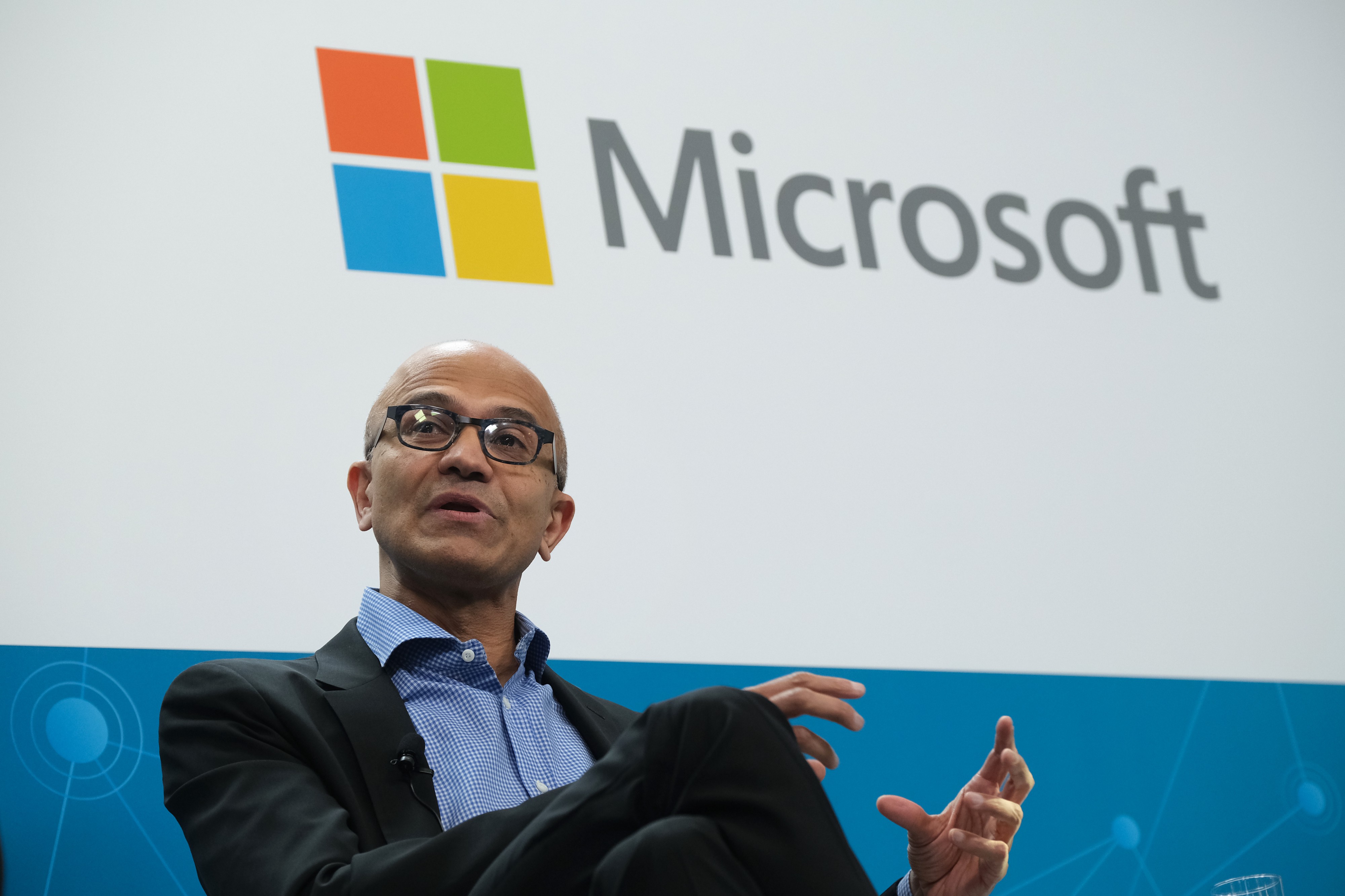Doing nothing is a trap.
Editor’s note: In order to build a powerful cloud platform, Microsoft has boldly transformed from an on-premise model to a paid subscription model. Although the short-term costs have increased, in the long run, Microsoft’s decision is wise.
Some time ago, Fortune Magazine named Microsoft CEO Satya Nadella as the Business Man of the Year, which is a praise. Looking back at Microsoft’s path, it went well at first, but after a lot of trouble, it is now back on track.
Why can Microsoft revive? There is not no reason behind it. About 5 years ago, Nadella made some smart decisions and investments that ultimately helped Microsoft succeed in the cloud world. In a short period of time, Microsoft switched from static hardware and on-premise (on-premise) sales to a paid subscription-based cloud model.
This transition is significant, let ’s analyze it.

In the book Technology-as-a-Service Playbook: How to Grow a Profitable Subion Business (Technical as a Service Business Guidebook: How to Foster a Profitable Subscription Service Business Model), Thomas Lah and JB Wood From the On-premise sales model to the SaaS model is described as “swallowing”, which means that the corporate revenue curve will temporarily fall below the operating expense curve, and then climb again and exceed.
This fish will appear when the traditional enterprise model changes, from the asset purchase model to the paid subscription model. During the transformation process, the company has been abnormal for several consecutive quarters. At this time, revenues have fallen because many orders originally came from large companies. They pay in advance. Now? They are replaced by recurring subscription payments and do not pay huge fees in advance. Many large companies have experienced such changes, such as Adobe, Cisco, and software company PTC.
When business revenues decrease, it must invest in new technologies and architectures in order to build a paid subscription model. Originally, revenue was greater than cost. As a result, costs rose rapidly in the short term, and expenses exceeded revenue. But don’t worry, investment and reorganization can improve efficiency. After the transformation is completed, the revenue growth rate will further increase. So we will see a fish-like curve.
The book also says that the management team likes to look at the quarterly data, they don’t like the fish. If they can avoid this fish, they will try their best to avoid it. After all, management should consider the board, investors, media, and analysts.
Doing nothing is a trap, especially in highly competitive markets. Large companies often become successful mediocrities, do nothing, continue to embrace a temporarily profitable revenue model, but this model will eventually fail. As Wood puts it in the book: “New entrants disrupt the market, old profitable players seem to be stagnant, they are unwilling to disrupt the profitable economic engine, and they are forced to take action until customers start to diminish and revenues begin to decline . “

Microsoft’s transition from On-premise mode to SaaS is not directly completed. There are many driving factors. In 5 years, Microsoft has made some strategic decisions and invested more in the short term in order to obtain long-term growth. .
Microsoft’s stock price first increased slightly. From mid-2014 to mid-2016, Microsoft’s stock price seemed to stop growing before it began to return to a stable growth state.
If you look at the expenses and revenue at that time, you can find this “fish”.

The uplift on both sides of the fish represents an increase in cost. Why is it? There are many reasons. Nadella expanded expenses, increased research and development expenses, set up server infrastructure, and formed a service field team. Microsoft knows that to move to the cloud model, you must invest. Nadella has abandoned tablets and mobile phones and invested in data centers and services.
Fish’s belly represents a decline in revenue. When Microsoft moved from products to services, revenue fell. But the decline is only part of the plan. Revenues started to rise in mid-2016, and stock prices also started to rise. We should believe that during this time, Microsoft is transforming and has plans.
The reason why companies are successful is not without reasons. They invest boldly, pursue long-term market trends, and have an advantage, but doing so comes at a cost: in the short term costs will rise and the market will reject them. According to McKinsey, companies need to plan for digital change.
This model is not only suitable for software companies and technology companies. Automakers and packaging consumer goods companies are suitable. In the future, companies want to grow. Digital payment subscription model is fundamental. To establish a new model, short-term investment and short-term reorganization must be completed first. Now the world is shifting from products to services, and the same model is suitable for all enterprises. Microsoft just provides a reference for everyone.
In short, Nadella successfully swallowed the fish and made Microsoft shine again.
Translator: Little Soldier